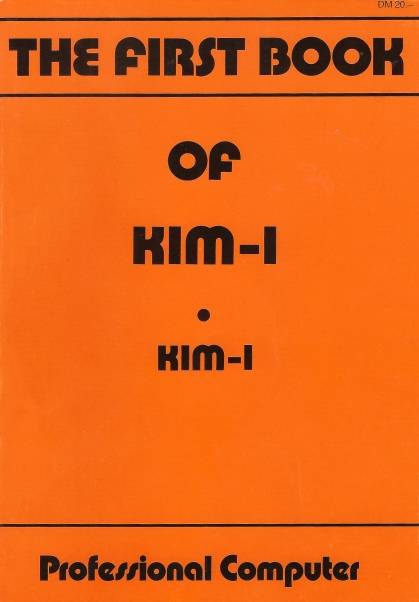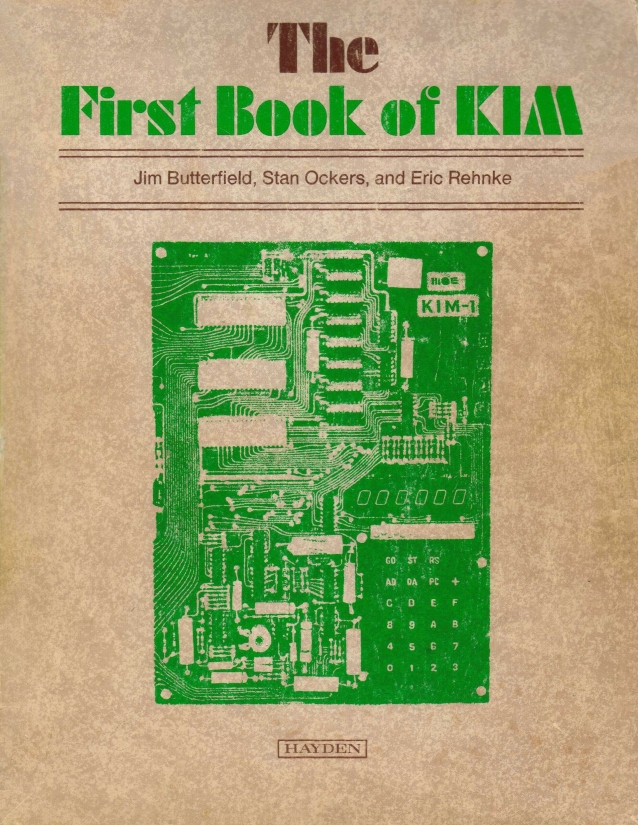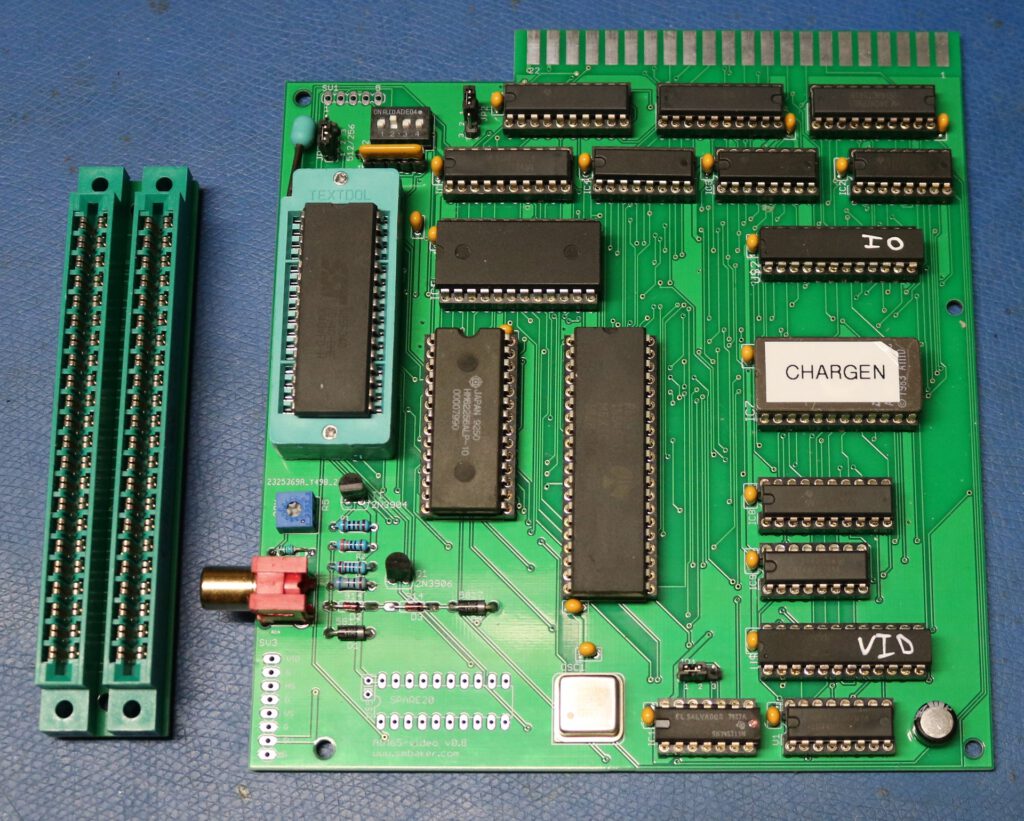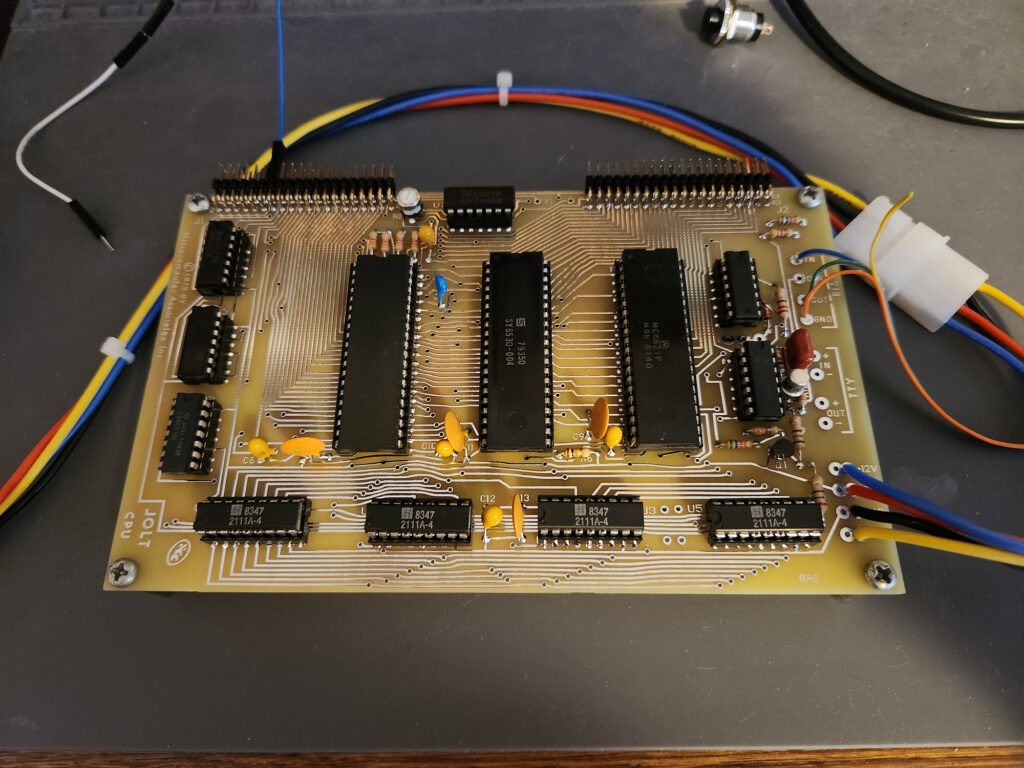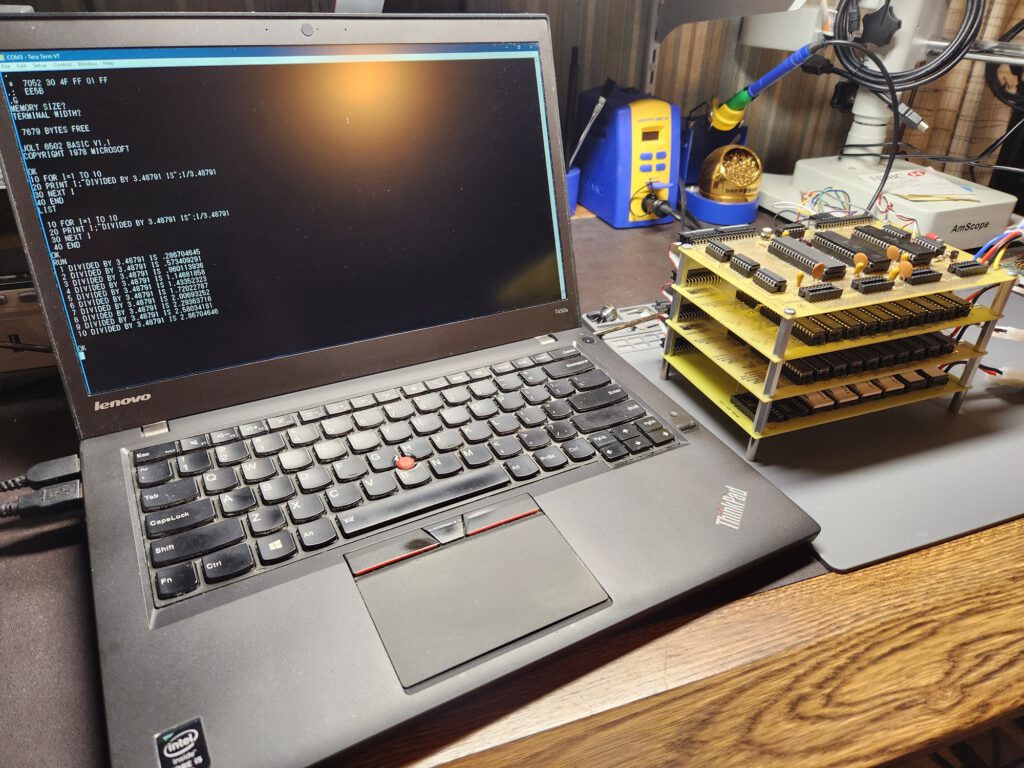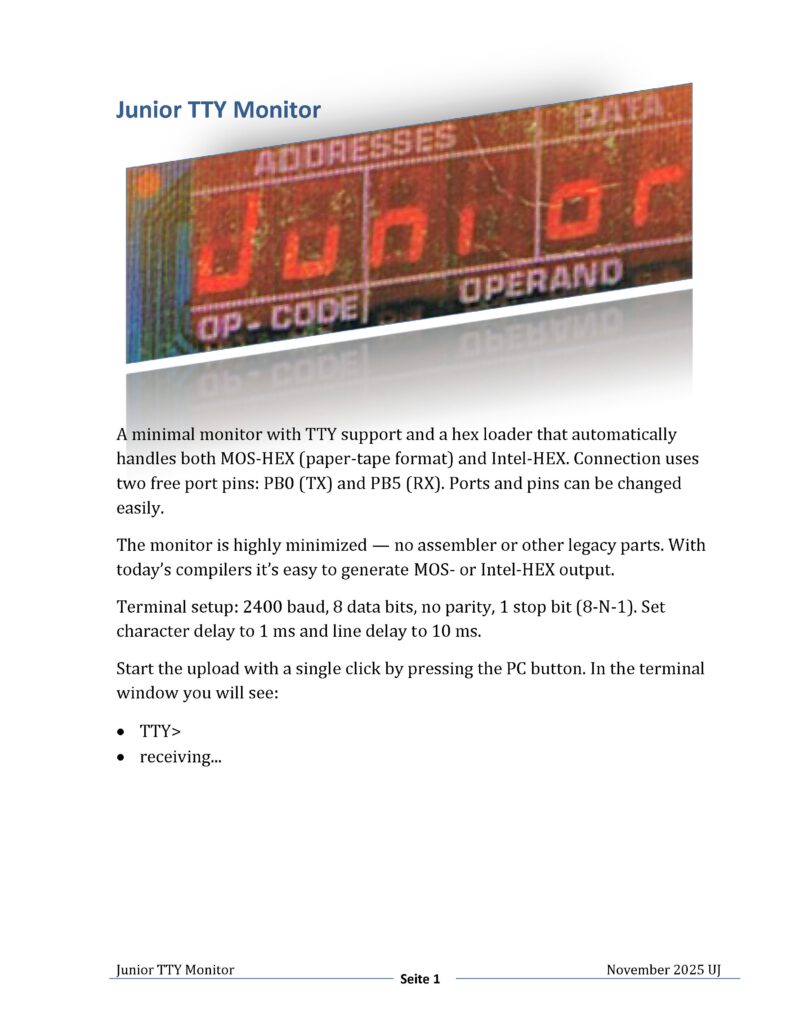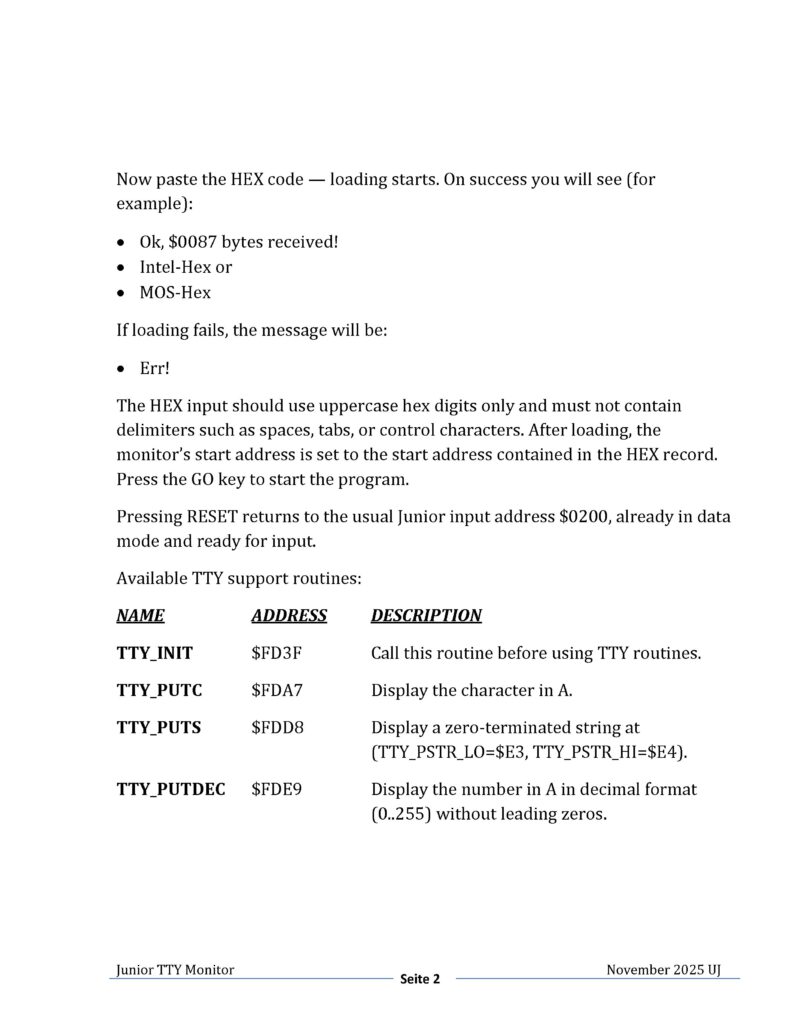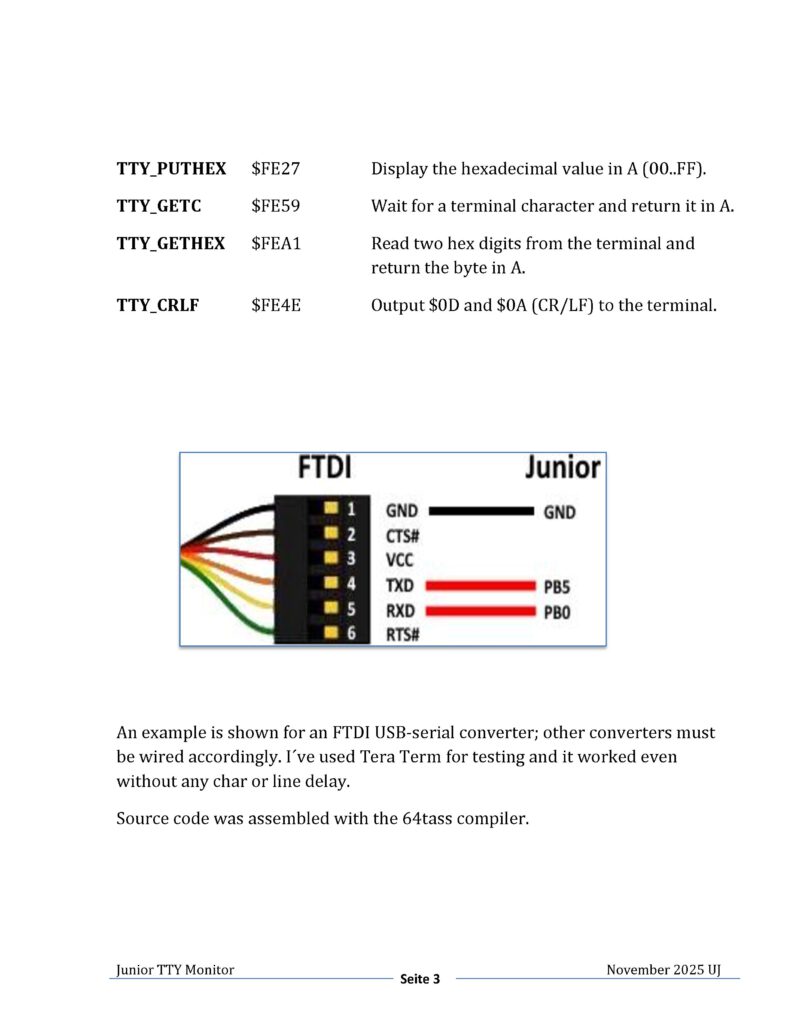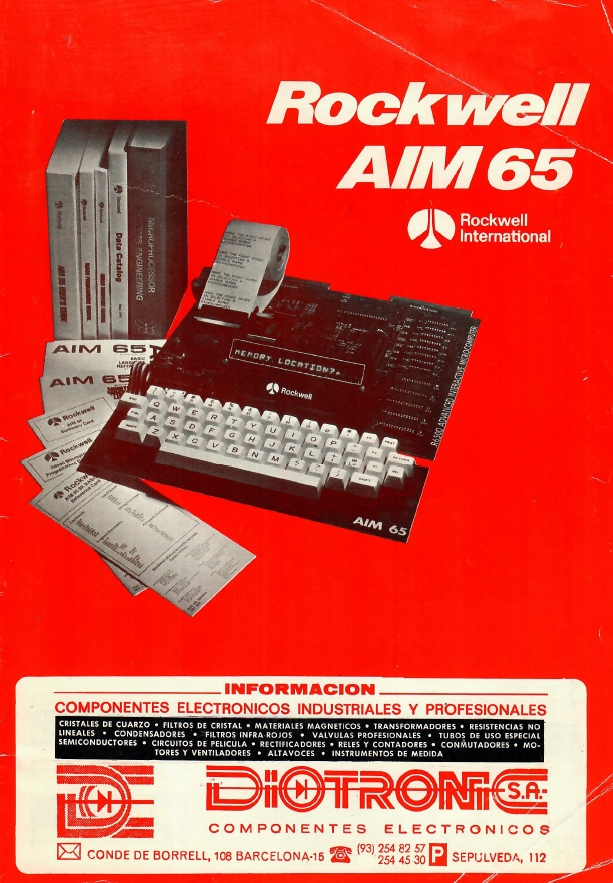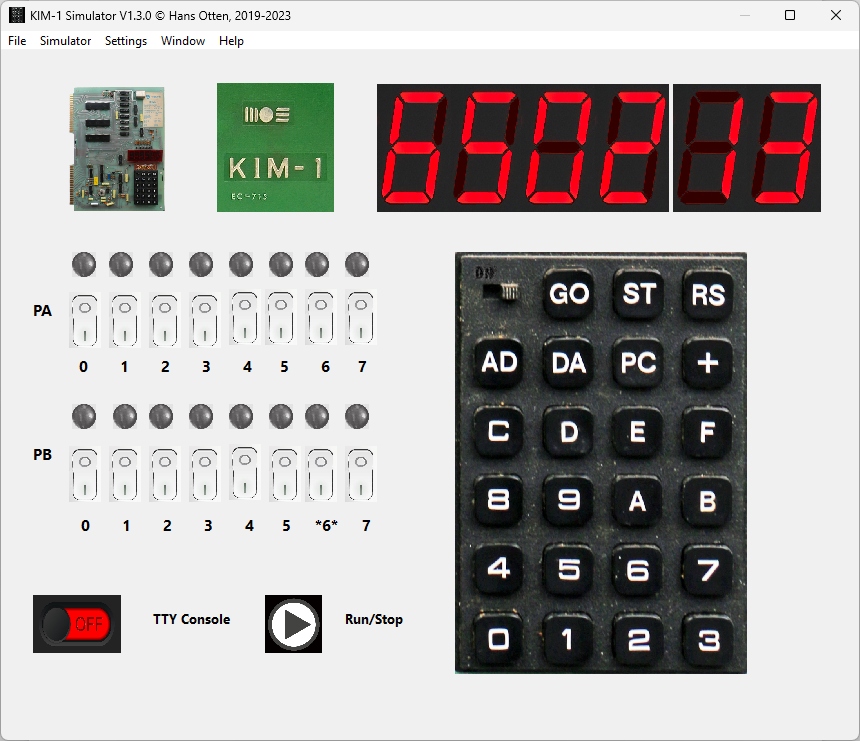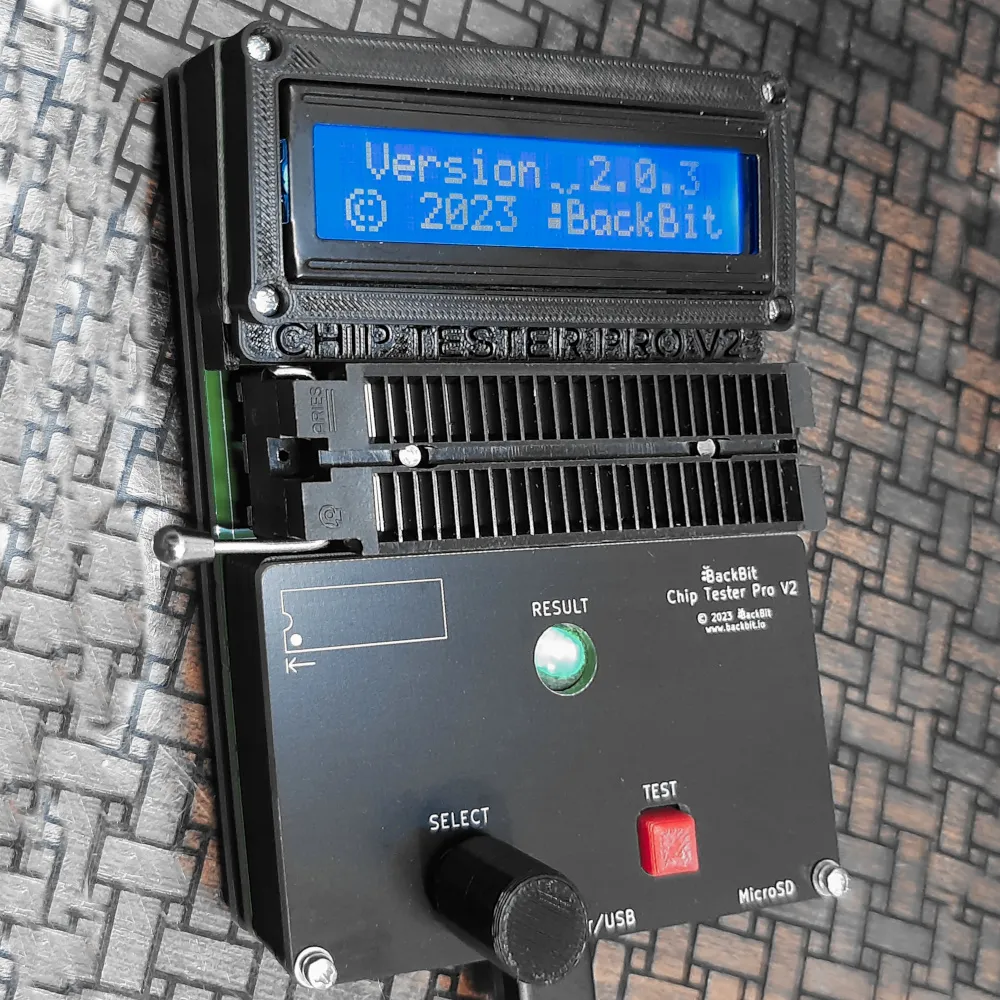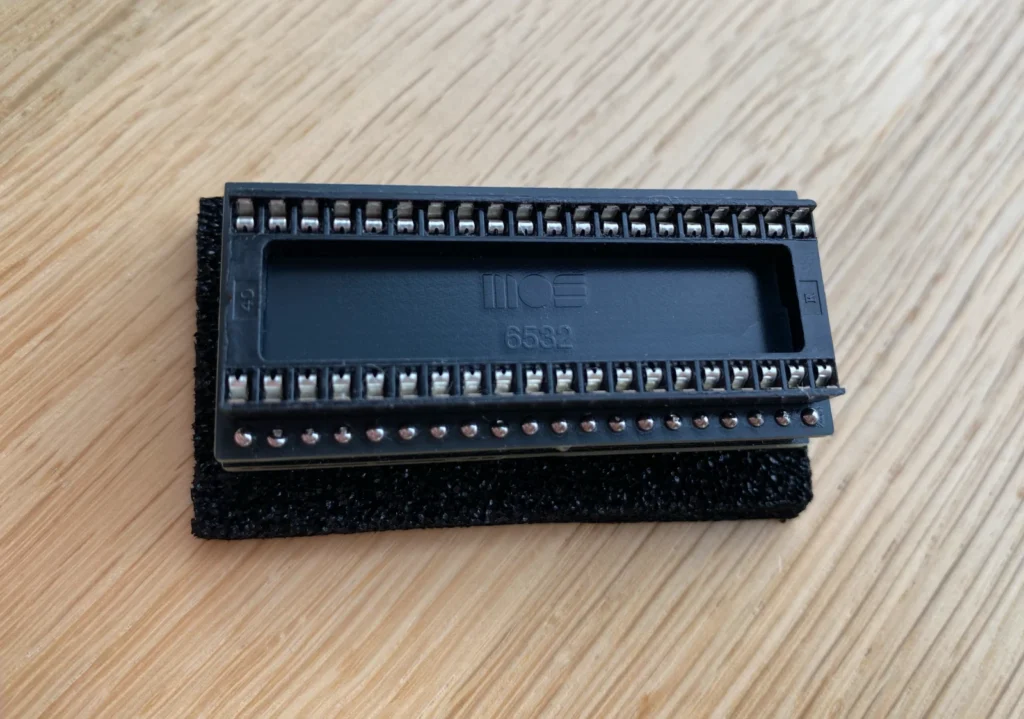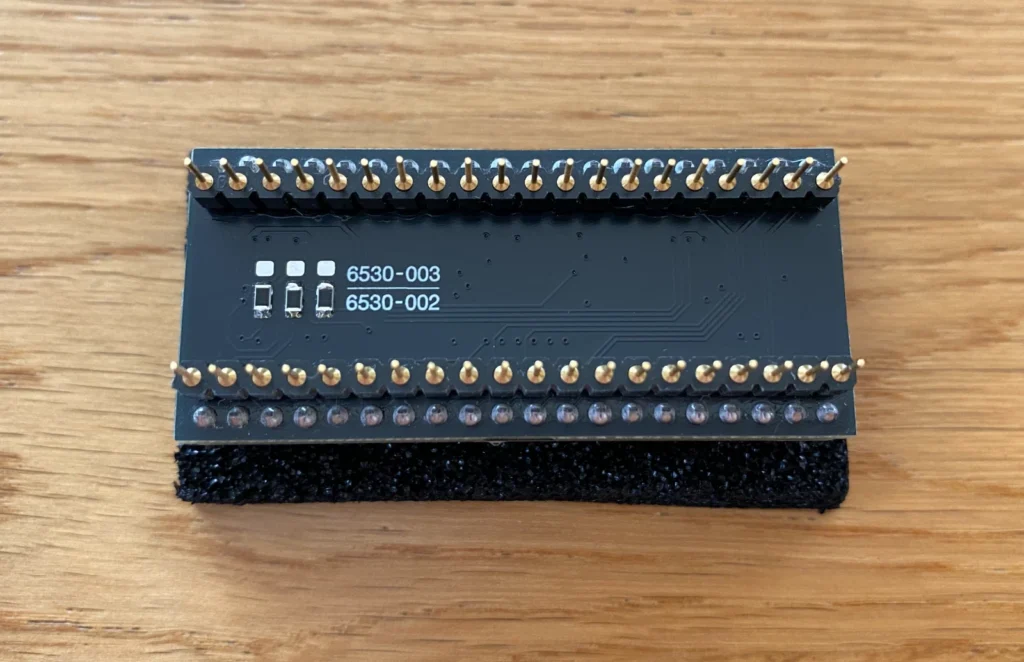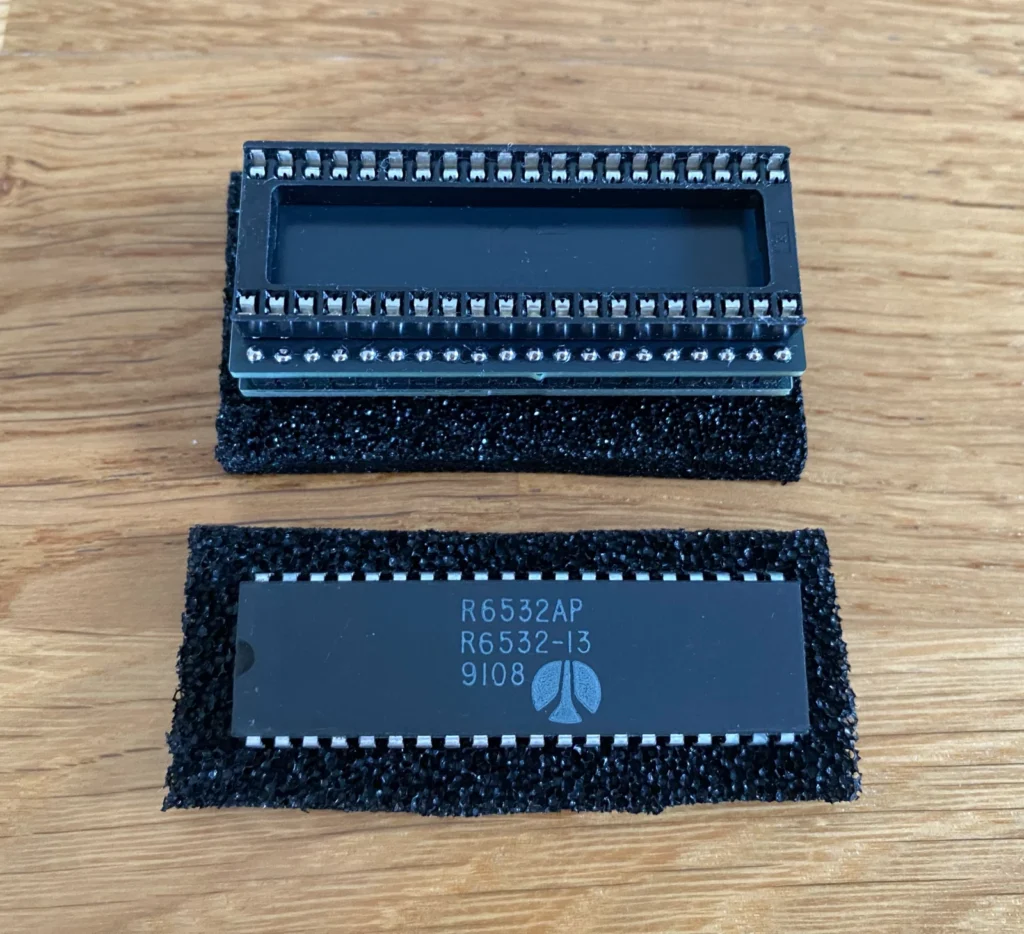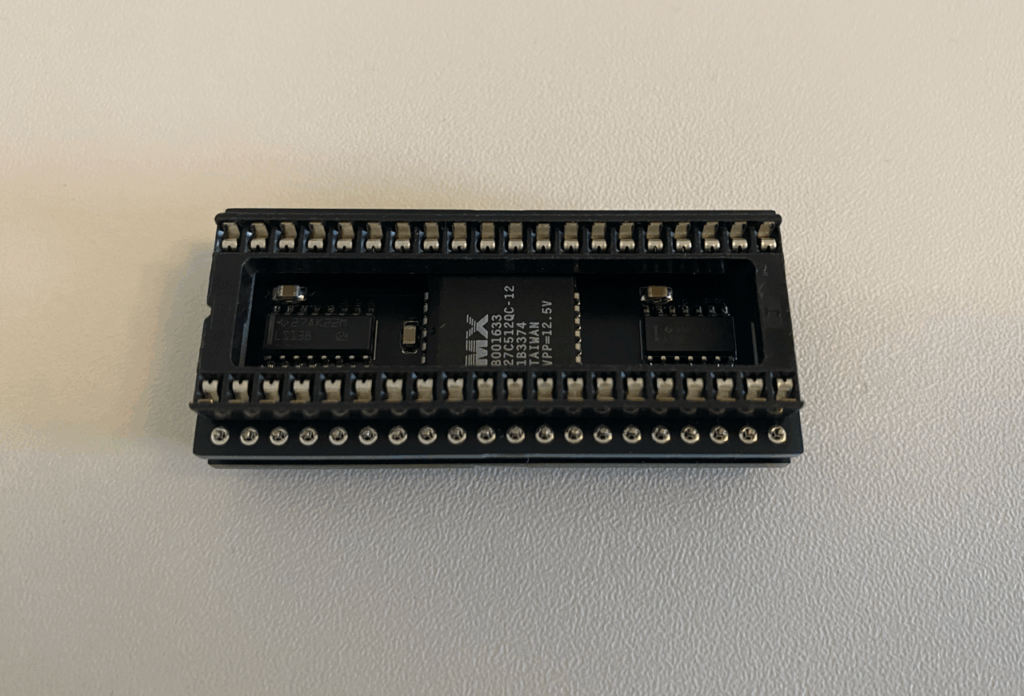While suffering from a bad cold I tried to entertain myself with essential KIM-1 documentation that needed version information and a good cleanup of the scans.
Circuit Diagrams, the big poster. Every KIM-1 came with one. I have several of them. As far as I can see the contents stayed the same trough the years. What did change was the paper it was printed on, from heavy carton to flimsy paper. And the 1977 version had different background colors, blueish.
There was some version information on the posters. 1975, 1976 3.2 m 11-76, 1976 4m3-76, 1977 5m 1-77. And the Rockwell branded one of course had the Rockwell imprint.

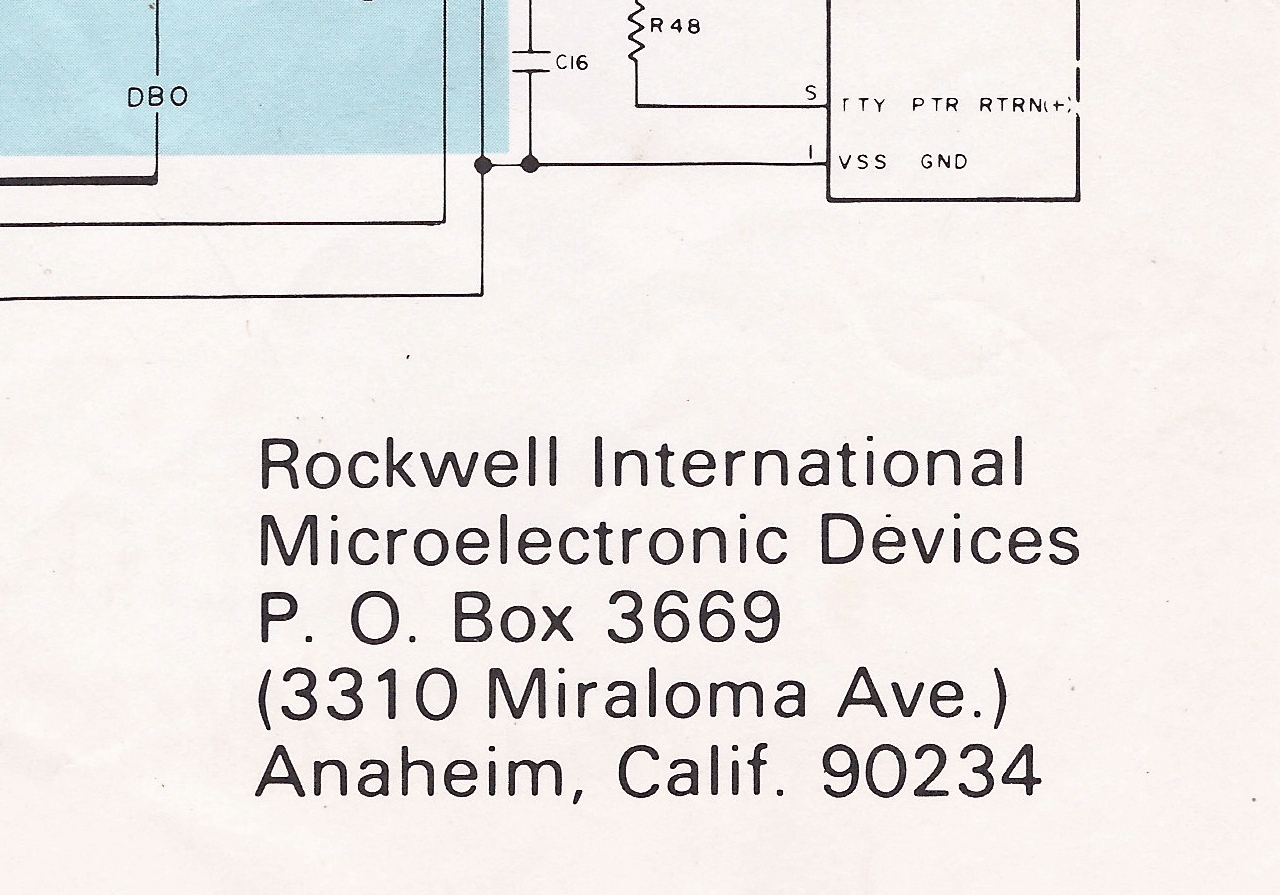
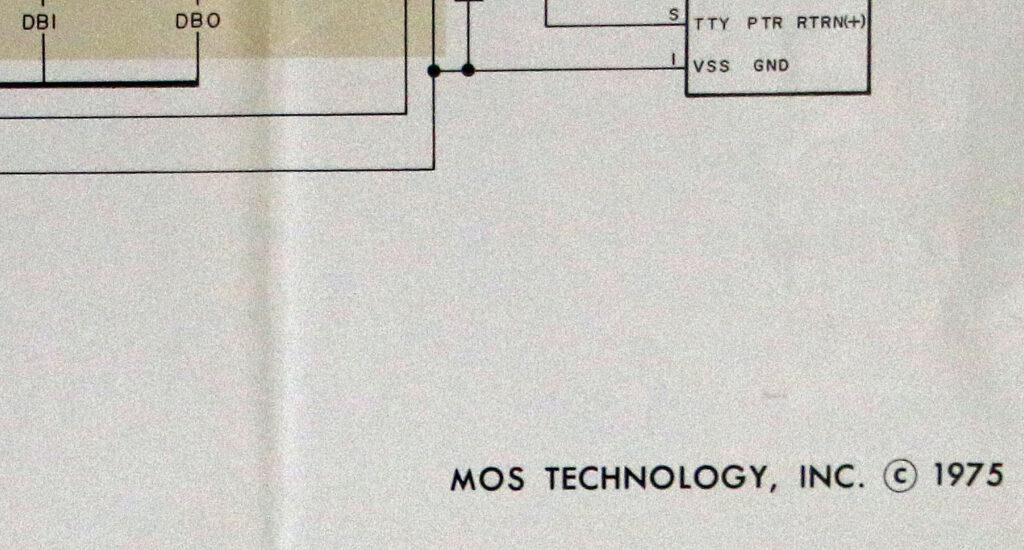
All can be seen on the new KIM-1 circuit Poster page, with high quality scans also.
KIM Hints, I have two versions, one with a greyish cover, the other pure black and white. Contents seem identical. An essential companion to the KIM-1 User manual.
Newly scanned in high quality here.
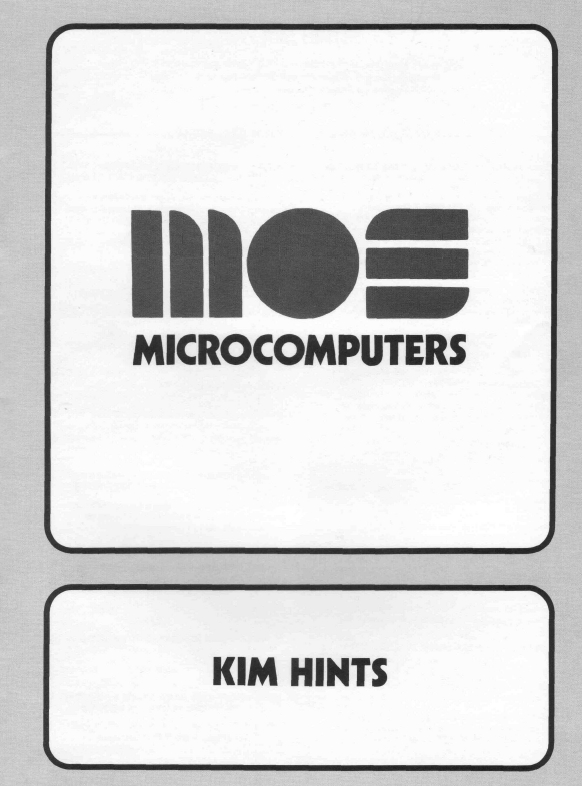
Every KIM-1 user had to have the First Book of KIM. Written by Jim Butterfield, Stan Ockers and Eric Rehnke (and many other authors!), first published 1977.
Invaluable source of information on programming the standard KIM-1. Background, games, utilities such as Hypertape.
Many reprints, many publishers.
The scan I had was done very bad, and that was the only scan ever made it seems. That had to be improved upon, it is such an essential book for the KIM-1..
Two versions are now scanned in high quality, the 1977 edition and the 1977,1978 edition (Hayden Book Company). In the later version many errors were corrected.
